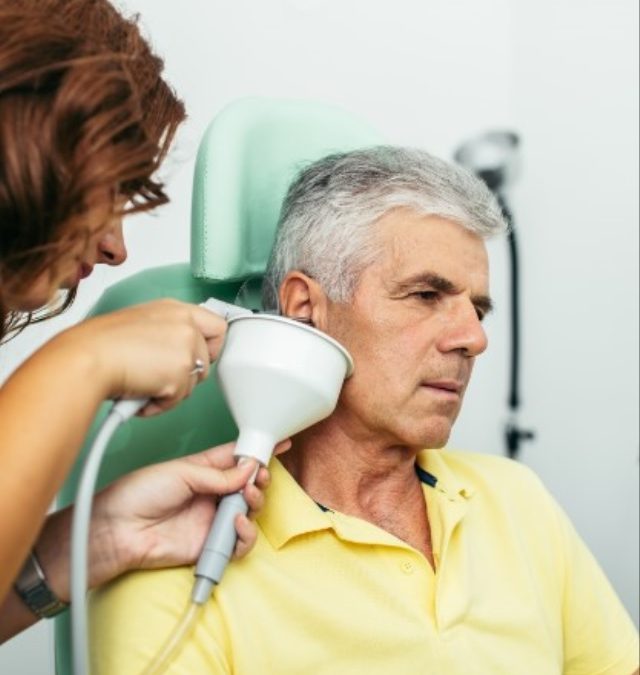Good hygiene practices extend beyond just brushing our teeth and washing our hands. Ear hygiene plays a vital role in maintaining overall well-being, preventing discomfort, and safeguarding against potential hearing issues. One efficient method that offers immense benefits for maintaining clean and healthy ears is ear lavage, also known as ear irrigation. This article explores the procedure, benefits, and potential risks associated with ear lavage, providing a comprehensive guide on why it is an essential part of your personal care routine.
I. The Procedure of Ear Lavage:
Ear lavage involves the gentle flushing of the external ear canal with warm water or a saline solution to remove excessive earwax buildup or other debris. While it is possible to perform ear lavage at home, it’s generally recommended to seek professional help from healthcare providers or audiologists for safe and effective results. They have the expertise and proper tools to evaluate the condition of your ears and execute the procedure correctly. Prior to the procedure, a thorough examination of the ear canal is conducted, ensuring the absence of any contraindications.
II. The Benefits of Ear Lavage:
(a) Earwax Removal: Earwax acts as a natural protective barrier, but an excess of it can lead to blockages and discomfort. Ear lavage ensures the gentle removal of excessive earwax, reducing the risk of impaction and associated symptoms such as hearing loss, ear pain, and tinnitus.
(b) Enhanced Hearing: By eliminating blockages caused by earwax or debris, ear lavage enhances hearing capabilities, allowing for clearer sound perception. This can be especially beneficial for individuals experiencing gradual hearing loss or muffled sounds.
(c) Prevention of Infections: Accumulated earwax can trap bacteria and potentially lead to ear infections. Regular ear lavage can help eliminate this buildup, reducing the risk of infections and related complications.
(d) Relief from Discomfort: Individuals experiencing symptoms like itchiness, fullness, or mild pain due to excess earwax can find significant relief through ear lavage. By clearing the ear canal, the procedure provides comfort and alleviates such discomfort.
III. Potential Risks and Precautions:
While ear lavage is generally safe, there are a few potential risks to consider:
(a) Perforation: In rare cases, improper execution of the procedure or the presence of an undiagnosed perforation can result in eardrum damage. This risk highlights the importance of seeking professional assistance for ear lavage.
(b) Moisture Retention: Failure to sufficiently dry the ear after ear lavage may trap moisture, creating an environment conducive to bacterial growth. This emphasizes the significance of adequately drying the ear canal or using specialized ear drops recommended by your healthcare provider.
IV. Real-Life Experiences and Testimonials:
Many individuals who have undergone ear lavage express satisfaction in their experiences. John, for example, shares, “After my ear lavage, the difference in my hearing was remarkable. It was as if a world of muffled sound suddenly became crystal clear.”
Sarah adds, “I was initially hesitant, but my audiologist patiently explained the procedure, addressed my concerns, and performed the ear lavage professionally. I felt immediate relief from the discomfort caused by excess earwax.”
Conclusion:
Maintaining proper ear hygiene is crucial for overall well-being and hearing health. Ear lavage, a safe and effective procedure, offers essential benefits such as removing excess earwax, enhancing hearing, preventing infections, and relieving discomfort. With its relatively low-risk profile, especially when performed by professionals, it is a valuable tool to integrate into your personal care routine. By prioritizing ear lavage, you can enjoy clearer hearing, improved comfort, and a healthier ear canal. Remember, consult healthcare professionals for personalized guidance and care to ensure your ear lavage experience is optimal.
Better Health Care is Our Mission
Same Day Appointments are Available.

